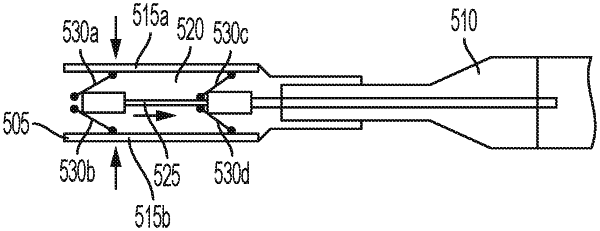| CPC A61B 17/025 (2013.01) [A61B 5/4533 (2013.01); A61B 5/4571 (2013.01); A61B 5/4585 (2013.01); A61B 17/8852 (2013.01); A61B 90/06 (2016.02); A61B 2017/00075 (2013.01); A61B 2017/00367 (2013.01); A61B 2017/00477 (2013.01); A61B 2017/0256 (2013.01); A61B 2017/0268 (2013.01); A61B 2017/0275 (2013.01); A61B 2090/066 (2016.02)] | 22 Claims |

|
1. A method of assessing laxity of a joint of a patient, the method comprising:
coupling at least one of a first implant component to a first bone of the joint and a second implant component to a second bone of the joint;
inserting a tensioning retractor into the joint, wherein the tensioning retractor comprises a first spacer configured to impact one of the first bone and the first implant component, a second spacer configured to impact one of the second bone and the second implant component, a central carriage positioned between the first spacer and the second spacer and coupled to a powered surgical tool, and one or more ramps coupled to the first spacer and the second spacer and extending toward the central carriage;
extending the central carriage in an axial direction to contact the one or more ramps, thereby transmitting a driving force from the powered surgical tool to the first spacer to impact the one of the first bone and the first implant component, and transmitting the driving force to the second spacer to impact the one of the second bone and the second implant component;
measuring, by one or more sensors, one or more properties of the tensioning retractor and the powered surgical tool; and
calculating, based on the one or more properties, a distraction force applied to the joint.
|